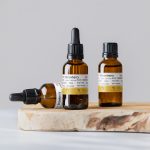
نت توت فرنگی
30 تیر 1403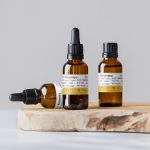
نت رزماری
30 تیر 1403نت دانه گشنیز
CAS N° : 8008-52-4
Presentation
Latin name : Coriandrum sativum
Botanical profile : Coriander is a plant belonging to the Apiaceae family and the genus Coriandrum
Geographic origin : Coriander is historically native to the Mediterranean sea and West Asia. Today, it is grown mainly in India (36% of world production in 2008), the main producer, but also in Bulgaria (28% in 2008), Morocco (7% in 2008) and Western Europe (France, Spain in particular)
Chemotypes : There are two varieties of coriander: Coriandrum sativum L. : Mainly cultivated specie The European variety is smaller, rounder and has a more powerful smell. The Indian variety is larger, oval and clear but has a less significant smell. Coriandrum tordylium : Wid coriander, rarely used
Extraction process : India produces coriander on about 600,000 hectares of land, in other words 400,000 tons every year. Exports of cilantro seed from India represents 35% of world exports. The seedlings are usually propagated by seed sowing in October-November, at a rate of 12 to 30 kg of seed per hectare cultivated, depending on climatic conditions (the more moist the soil is, the more seeds are planted). Seedlings are planted every one or several tens of centimetres. The cultivation of coriander is subject to the use of chemical or natural fertilizers depending on the crop. Finally, it needs a warm atmosphere and regular irrigation. Seeds are usually collected by hand at their maturity (green to yellow in colour) and dried in the shade before steam distillation. At the end of the process, the essential oil is collected in an essencier by decantation. The extraction yield of the essential oil oscillates between 0.1 and 0.8%. The coriander leaves can also be distilled with a yield between 3 and 4%. A supercritical CO2 extraction enables the collection of an extract about 10% richer in Linalool than a conventional distillation
Major Components : Linalool (40-90%) Geranyl Acetate (2-40%) Gamma-Terpinene (2-14%) Camphor (0-3%) Beta-Pinene (0-3%) D-Limonene (0-3%) Citronellal (0-2%)
مشخصات
نام لاتین: Coriandrum sativum
مشخصات گیاه شناسی: گشنیز گیاهی از خانواده Apiaceae و سرده Coriandrum است.
خاستگاه جغرافیایی: گشنیز از نظر تاریخی بومی دریای مدیترانه و غرب آسیا است. امروزه عمدتاً در هند (36 درصد از تولید جهانی در سال 2008)، تولیدکننده اصلی، بلکه در بلغارستان (28 درصد در سال 2008)، مراکش (7 درصد در سال 2008) و اروپای غربی (به ویژه فرانسه، اسپانیا) رشد میکند.
گونه های شیمیایی: گشنیز دو گونه است: Coriandrum sativum L.: گونه عمدتاً کشت شده گونه اروپایی کوچکتر، گردتر و بوی قوی تری دارد. گونه هندی بزرگتر، بیضی شکل و شفاف است اما بوی کمتری دارد. گشنیز توردیلیوم: گشنیز پهن، به ندرت استفاده می شود
فرآیند استخراج: هند در حدود 600000 هکتار زمین، به عبارت دیگر 400000 تن در سال، گشنیز تولید می کند. صادرات بذر گشنیز از هند 35 درصد از صادرات جهانی را تشکیل می دهد. نهال ها معمولاً از طریق کاشت بذر در مهر تا آبان به میزان 12 تا 30 کیلوگرم بذر در هکتار بر حسب شرایط اقلیمی تکثیر می شوند (هر چه خاک مرطوب تر باشد بذر بیشتری کاشته می شود). نهال ها در هر یک یا چند ده سانتی متر کاشته می شوند. کشت گشنیز بسته به نوع محصول منوط به استفاده از کودهای شیمیایی یا طبیعی است. در نهایت نیاز به فضای گرم و آبیاری منظم دارد. دانه ها معمولاً در زمان بلوغ (به رنگ سبز تا زرد) با دست جمع آوری می شوند و قبل از تقطیر با بخار آب در سایه خشک می شوند. در پایان فرآیند، اسانس را با تخلیه در یک اسانس جمع آوری می کنند. بازده استخراج اسانس بین 0.1 تا 0.8 درصد در نوسان است. برگ های گشنیز را می توان با عملکرد بین 3 تا 4 درصد نیز تقطیر کرد. استخراج CO2 فوق بحرانی امکان جمع آوری عصاره ای را فراهم می کند که حدود 10 درصد غنی تر از لینالول نسبت به تقطیر معمولی است.
اجزای اصلی: لینالول (40-90%) ژرانیل استات (2-40%) گاما-ترپینن (2-14%) کافور (0-3%) بتا-پینن (0-3%) D-لیمونن (0-3) ٪ سیترونلال (0-2٪)
Uses
Uses in perfumery : Used in floral-fresh notes, fougere, chypre and coniferous notes
Other comments : Coriander is a spice that has been used for a long time. Indeed, the first mentions of this spice are dated -5000 B.C. Many mentions of coriander cultures are also present in the Bible. This essential oil allows the isolation of Linalool up to 90% for a very little ripe coriander seed. The composition of the essential oil of coriander depends greatly on the geographical origin of the plant and its maturity. The quality of the seed can be damaged by insects, chemical (especially antioxidants) and microbial (Salmonella) agents. Standards of quality are shaped by the AFNOR (French Association of Standards), the ESA (European Spice Association) or the AGMARK (Spices Grading and Marking Rules) in India. These specifications concern the quality of the seed and the leaf, as well as the physicochemical properties of the essential oil. Adulteration is possible with a diverse crops communal pot that contains seeds that are not ripe or overripe, or by adding synthetic Linalool
Volatility : Head/Heart
Appearance : Colorless liquid
Stability : The terpenes identified in this raw material can polymerize when they are oxidized
Price Range : €€
Aromatherapy : Informations provided below are taken from reference works in aromatherapy. They are given for information purposes only and can not constitute medical information, nor engage the responsibility of ScenTree. The coriander seed is renowned for its euphoric properties, parasiticides and is recommended in cases of dyspepsia (gastric pain), asthenia, general fatigue and osteoarthritis.
استفاده
موارد استفاده در عطرسازی: مورد استفاده در نتهای تازه گل، فوگر، شیپر و نتهای مخروطی
سایر توضیحات : گشنیز ادویه ای است که از قدیم مورد استفاده قرار می گرفته است. در واقع، اولین ذکر این ادویه مربوط به -5000 سال قبل از میلاد است. بسیاری از ذکر فرهنگ گشنیز نیز در کتاب مقدس وجود دارد. این اسانس امکان جداسازی لینالول را تا 90 درصد برای یک دانه گشنیز رسیده بسیار کمی فراهم می کند. ترکیب اسانس گشنیز بستگی زیادی به منشا جغرافیایی گیاه و بلوغ آن دارد. کیفیت بذر می تواند توسط حشرات، عوامل شیمیایی (به ویژه آنتی اکسیدان ها) و میکروبی (سالمونلا) آسیب ببیند. استانداردهای کیفیت توسط AFNOR (انجمن استانداردهای فرانسوی)، ESA (انجمن ادویه اروپایی) یا AGMARK (قوانین درجه بندی و علامت گذاری ادویه ها) در هند شکل گرفته است. این مشخصات مربوط به کیفیت دانه و برگ و همچنین خواص فیزیکوشیمیایی اسانس است. تقلب با یک گلدان مشترک محصولات متنوع که حاوی دانههایی است که رسیده یا بیش از حد رسیده نیستند یا با افزودن لینالول مصنوعی امکانپذیر است.
فرار: سر/قلب
شکل ظاهری: مایع بی رنگ
پایداری: ترپن های شناسایی شده در این ماده اولیه می توانند در صورت اکسید شدن پلیمریزه شوند
محدوده قیمت: € €
آروماتراپی: اطلاعات ارائه شده در زیر از آثار مرجع در رایحه درمانی گرفته شده است. آنها فقط برای مقاصد اطلاعاتی ارائه می شوند و نمی توانند اطلاعات پزشکی باشند و مسئولیت ScenTree را بر عهده نگیرند. تخم گشنیز به خاطر خواص سرخوشی، انگلی کشش معروف است و در موارد سوء هاضمه (درد معده)، آستنی، خستگی عمومی و آرتروز توصیه می شود.
Regulations
EINECS number : 84775-50-8
FEMA number : 2334
Allergens : Linalool – Geraniol
IFRA : This ingredient is restricted by IFRA

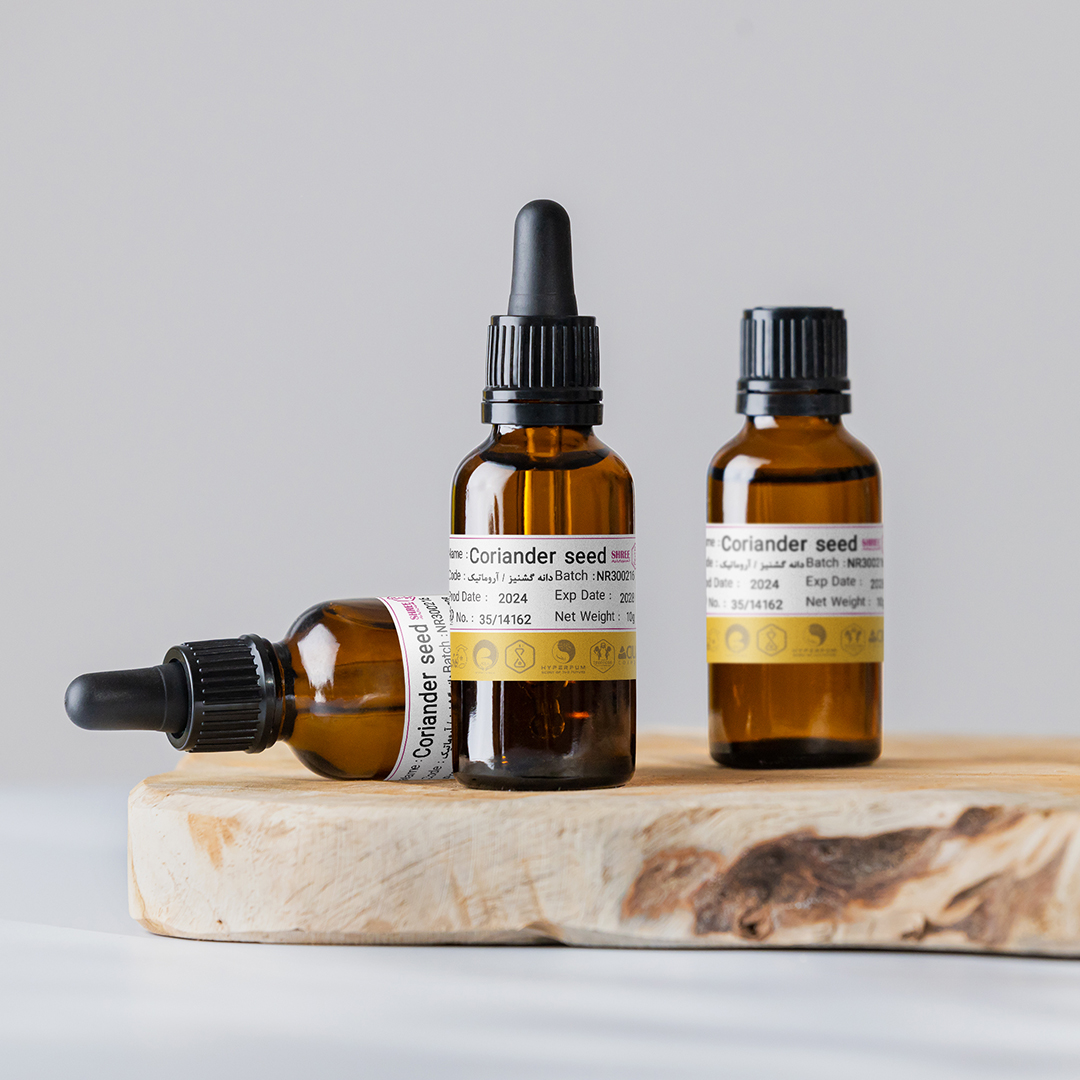
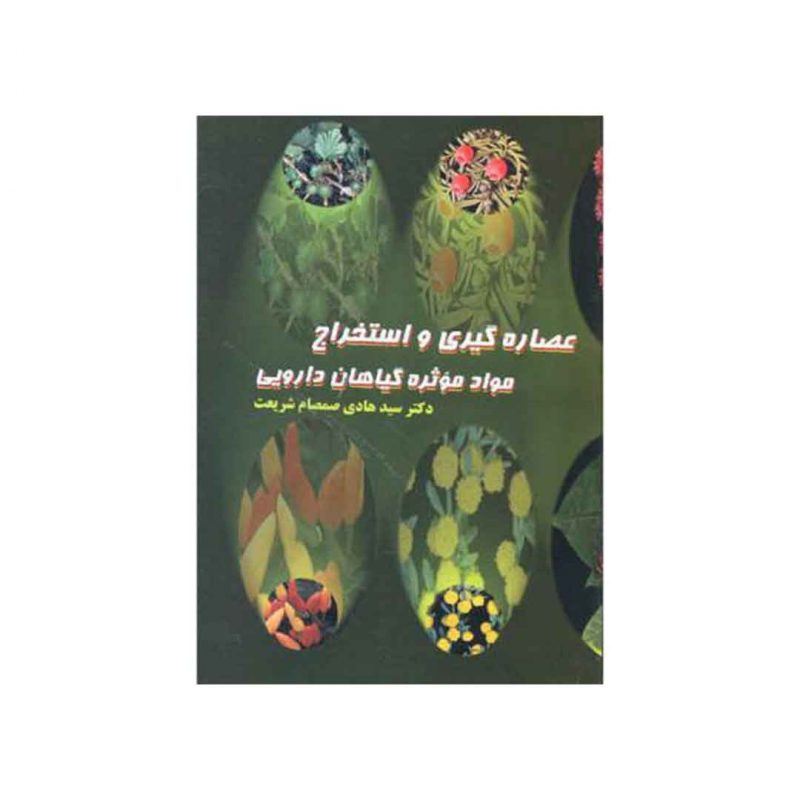
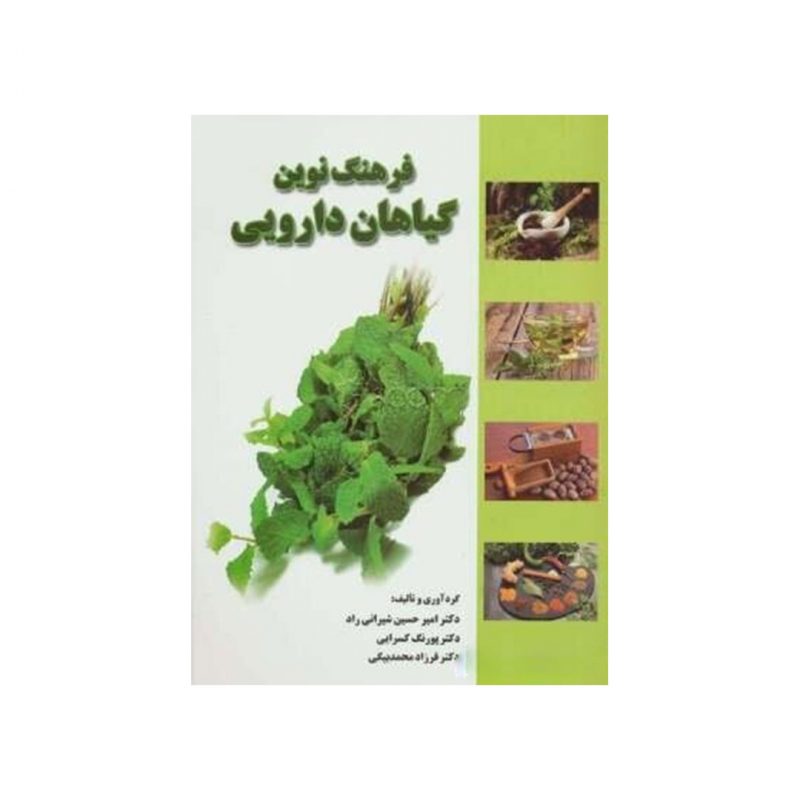

نقد و بررسیها
هنوز بررسیای ثبت نشده است.